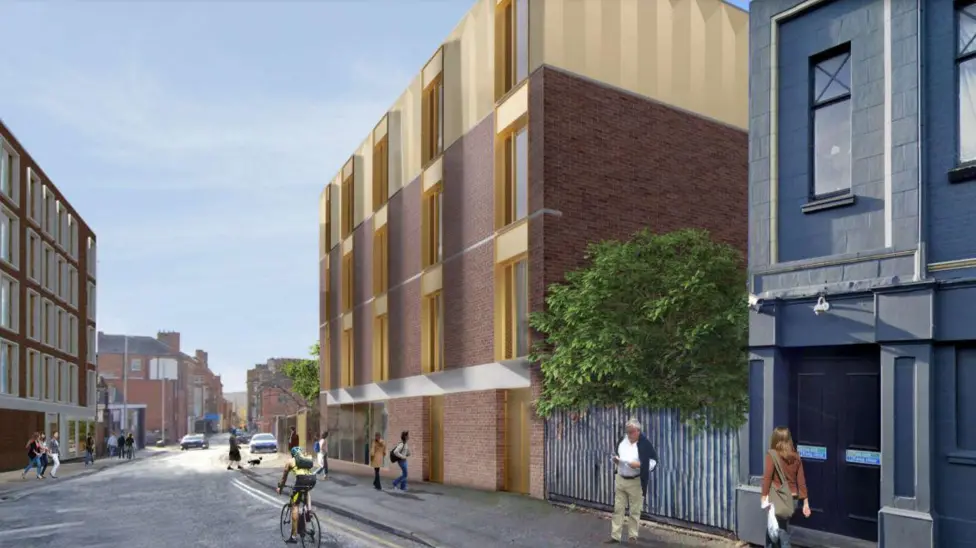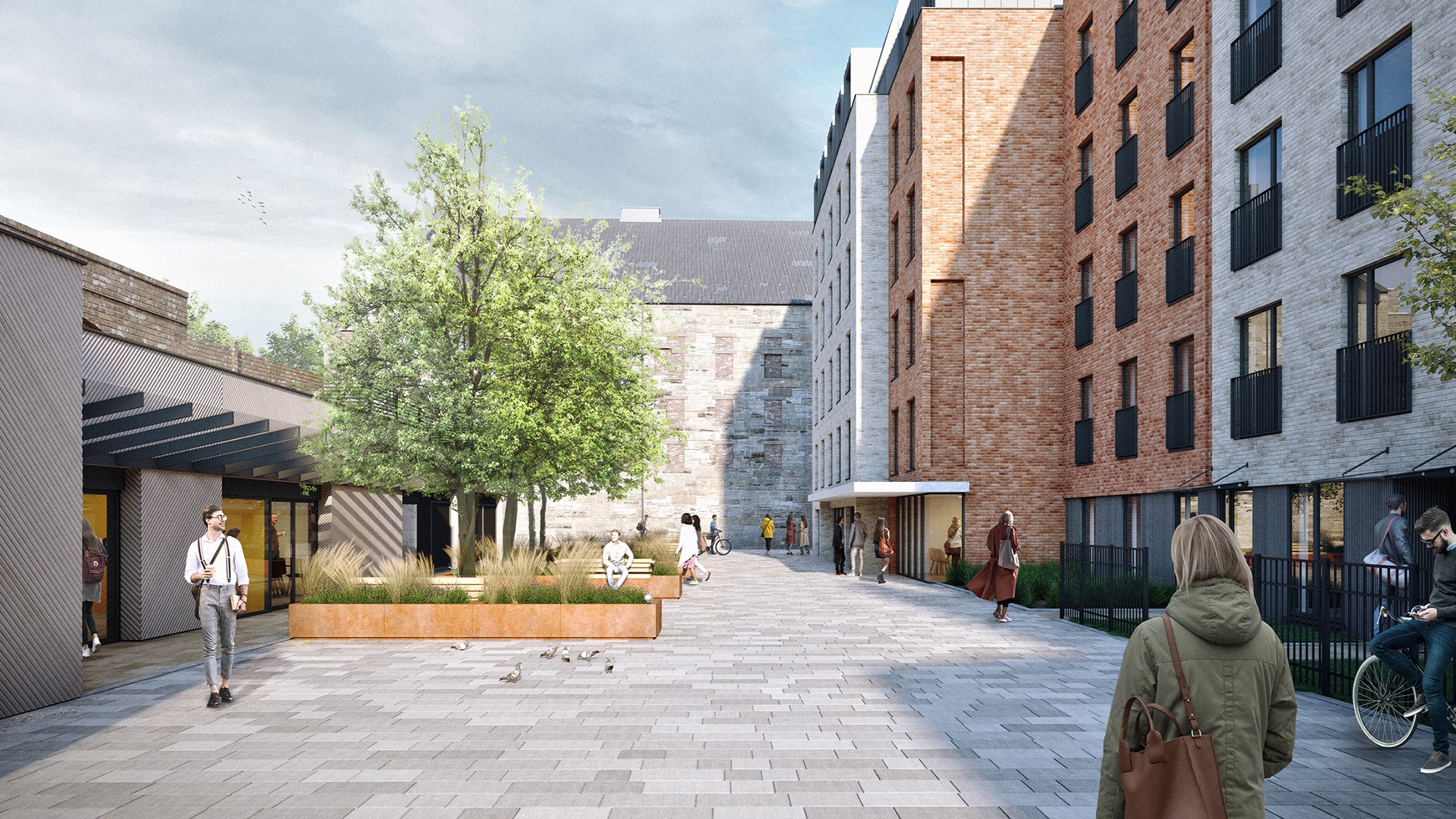SPONSORED CONTENT: Demand for purpose-built student housing is surging. How are you managing cross-border payments?
In less than 10 years, the number of students attending universities outside their home country will increase by nearly 40%, according to a recent analysis from HolonIQ. Within that context, it’s easy to see why the demand for international student accommodations is so strong. HolonIQ estimates international student spending on accommodations will increase from $47 billion in 2019 to $104 billion by 2030.
One segment of student accommodations in particular continues to see increased investment and growth. Providing an alternative to university-run student housing and traditional rental properties, purpose-built student accommodations (PBSA), as the name implies, is designed and constructed intentionally with students in mind. In addition to the basics – beds, common areas, kitchens – many properties more closely resemble higher-end apartments than higher ed housing. Students living in PBSA often have access to thoughtfully-designed terrace space, bike storage, gyms, cinema rooms and more.
Another contributor to high PBSA demand is the economics of the overall housing market. Inflation, interest rates and high home prices are all combining to keep would-be home buyers in rental properties longer, according to a recent report from BONARD, an Austrian market research firm focused on rented residential asset classes. This is contributing to a need for more housing alternatives for higher education students as a whole. As evidence, PBSA occupancy rates in popular international study destinations such as Madrid, Rome, Melbourne and greater Paris hover near 100%, and much of Europe is in the mid-90s.
Because PBSA serves a global student population, one of the issues providers often run into, quickly, is how to best serve the payment needs of a diverse student population in a way that will scale with the business. While receiving payment via bank transfer may work OK for 100 monthly payments, it quickly becomes unwieldy and unsustainable when managing much more than that.
It’s a spot Livensa Living found itself in shortly after its founding in 2019. Spain and Portugal’s second largest provider of PBSA has grown eight-fold since then, with thousands of students now living at 19 different Livensa properties across the two countries. Backed by real estate investment and development firm Temprano Capital, Livensa Living has a goal of providing 10,000 beds for students in the region, with five more new properties currently under construction.
Back in 2019, the 600 students living at Livensa’s first two properties paid monthly rent via bank transfer. This required manual work on the payer’s end of course, and on the part of Livensa’s finance staff. Tracking and matching payments took weeks, two full-time employees devoted to the task, and still didn’t always afford reliable visibility into whether a payment had actually been completed. The company knew the process wasn’t sustainable as it prepared to open new buildings and welcome more international students.
A PBSA payments checklist
Payments quickly became a focal point as part of a larger project to upgrade systems and digitize processes. Some of what Livensa Living looked for in picking a payments solution that would best support cross-border payments provides guidance for what PBSA providers should consider. This includes:
Giving payers the option to pay online in their preferred currency and payment method
Ensuring competitive rates and fees for both its business and the payers
Automating currency conversion so that it would receive and be able to reconcile payments in euros
Integrating the payments platform with its property management system for one-source of data for payment tracking and reconciliation
Providing real-time visibility into transaction on both the payer and provider end
For PBSA providers looking to implement a payments solution to ease the flow of rental payments from international students, other considerations should include:
• Ensuring the highest level of security standards and frameworks are met
• Providing around-the-clock support in the local language of the payer
• Managing refunds and chargebacks
• Keeping up with payment-related laws, regulations and standards that can change quickly
The right solution will scale to support high payment volumes (Livensa’s goals see it eventually processing as many as 10,000 monthly payments) and support the needs of an international student population. It can easily accommodate payers in new geographies, while allowing staff to zero in on tasks that improve the overall performance of the company.
Find out why Livensa chose Flywire over Worldpay – and how it increased automation to reduce the workload and cost of two full-time equivalent employees previously devoted to tracking payments.








